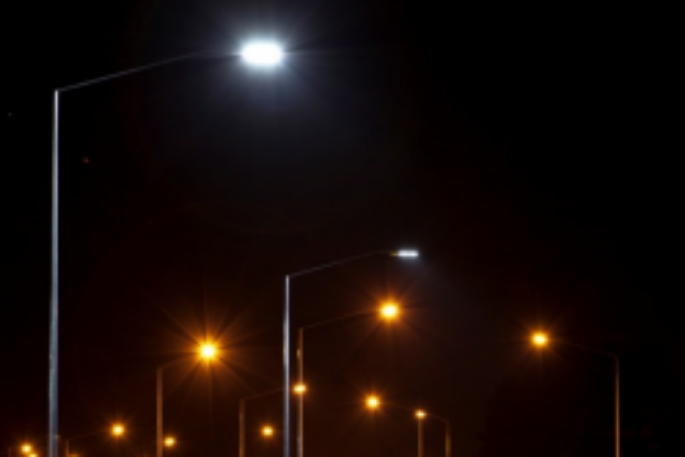Tauranga City Council is spending an extra $5.5 million on street lighting to take advantage of a once-only subsidy offer.
The New Zealand Transport Agency has announced an 85 per cent subsidy for local authorities that convert street lamps from sodium or mercury vapour to light emitting diode (LED) lighting.
The subsidy is only available for 2017/18, so we are grabbing the opportunity to begin a three year project to replace our 12,000 residential street lights, says councillor Leanne Brown.
Of the $5.5m the council will get back 85 per cent from NZTA, says Leanne.
'I think we have 1000 as part of a trial now,” she says. 'I don't know whether they are commercial or residential.”
While $5.5 million seems a lot, there will be energy efficiencies, such as a central monitoring system where the council staff can monitor turning lights on and off and know when lights are not working.
Converting to LED lighting has the potential to save up to 60 per cent of the electricity consumed by conventional high pressure sodium lights. When these lighting assets are adaptively controlled through a centralised management system, for example through dimming, total energy savings can be up to 70 per cent.
LED lights are also much cheaper to run, require less maintenance and have a much longer life time, 20 years compared to four years for HPS lights. International studies have found that LED lights help reduce urban road accident rates due to increased luminescence and white lights, compared to the yellow light from HPS lights.
A present value calculation for the Tauranga Eastern Link estimates a payback period for LED lights of approximately 11 years, depending on supply and installation costs, line charges and LED failure rates. As a result, LED lights are the preferred technology for new installations on Transport Agency state highway projects.



3 comments
Fog lights not.
Posted on 18-06-2017 13:08 | By Cynical Me
Probably not important here but if you live where lots of fog happen then sodium helps with lighting. Not so sure about led as any white light tends to reflect from the fog. Most motorists will know that from driving in fog.
Light frequency has no effect on fog scattering effect.
Posted on 18-06-2017 20:12 | By taz-nz
Fog appears white because it scatters all frequencies of light equally, if it didn't it would be another colour. The droplets of water in rain and fog are too large to have an effect of the wavelengths of light they scatter. So the fact that LED produce more light at the blue end of the spectrum than HPS lights has no effect on their performance in rain or fog.But LED lights have a major performance advantage due to the white light they produce, object and colours appear much more vividly in white light (like sunlight), than they do in yellow light from old sodium lights. Fog lights on cars are yellow primarily because of tradition and marketing, it's their height that makes them effective.
Start
Posted on 19-06-2017 09:47 | By thebrad
Here's an idea trying turning them on at night, 6 o clock at night on my way home mount fly over they are not even switched on bloody dangerous.
Leave a Comment
You must be logged in to make a comment.